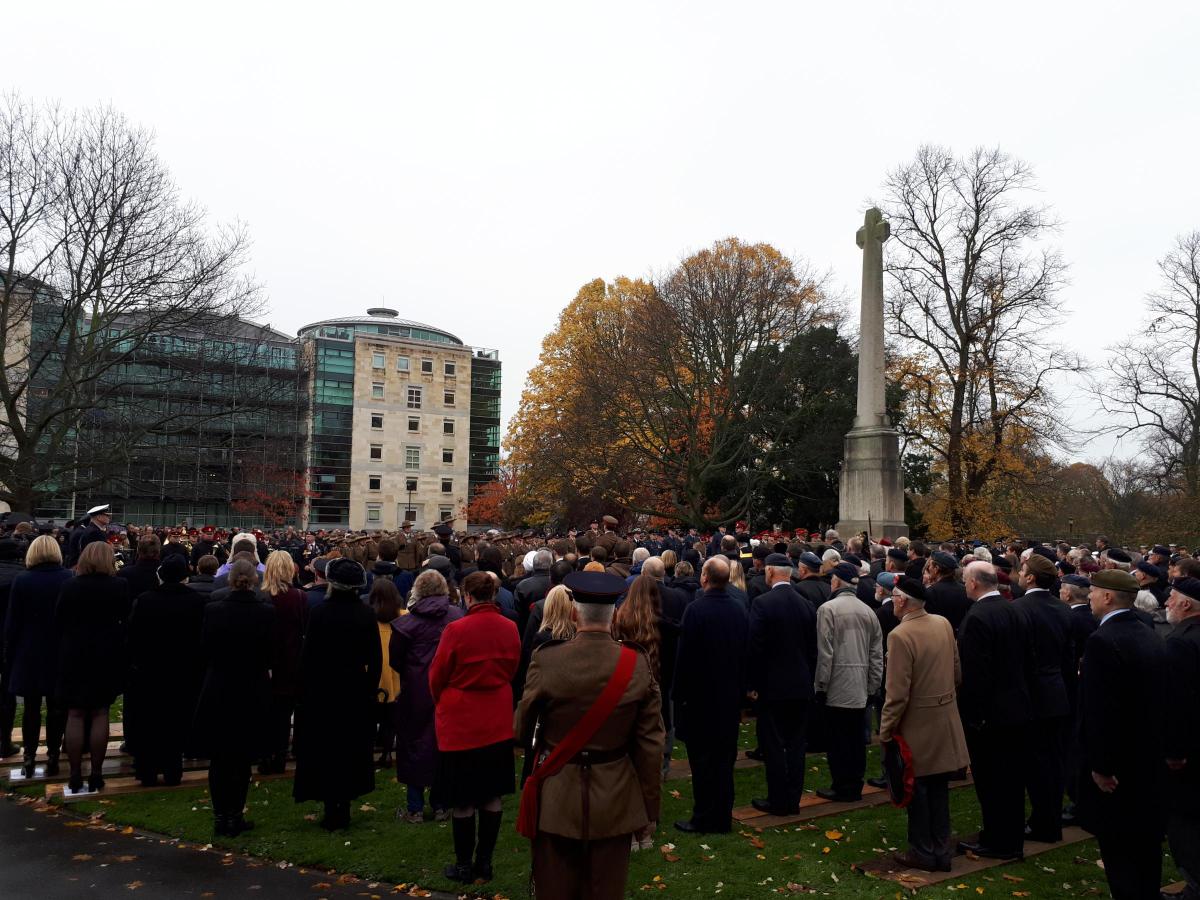Today Issy (no 1 Daughter) and myself did a little experiment in historical baking. We've been doing some Christmas cooking, but as we had all the spices out we thought we'd try the Soul Cake Technical Challenge. Soul Cakes were small spiced buns traditionally baked to celebrate All Souls Day (Nov 2nd), a feast in the Christian calendar which was also often accompanied by popular dramatic performances, such as forms of mumming and similar forms of folk theatricals.
 The Records of Early English Drama (North-East) is a project based at Durham University carrying out a major research project into all forms of early drama, including performances related to All Souls Day. On their blog they've been sharing a lot of information about Souling traditions, and as part of this have been encouraging people to try their hand at making Soul Cakes using an early 17th century receipt. The challenge being that early recipes were often pretty minimalist, and rarely include such minor details as quantities or cooking times. The recipe that was given was one taken from the household book of Lady Elinor Fettiplace (c1570-c1647). She lived for much of her life at Appleton (which although the blog says is in Oxfordshire, is actually in Occupied North Berkshire).
The Records of Early English Drama (North-East) is a project based at Durham University carrying out a major research project into all forms of early drama, including performances related to All Souls Day. On their blog they've been sharing a lot of information about Souling traditions, and as part of this have been encouraging people to try their hand at making Soul Cakes using an early 17th century receipt. The challenge being that early recipes were often pretty minimalist, and rarely include such minor details as quantities or cooking times. The recipe that was given was one taken from the household book of Lady Elinor Fettiplace (c1570-c1647). She lived for much of her life at Appleton (which although the blog says is in Oxfordshire, is actually in Occupied North Berkshire).
The actual recipe is as follows:Take flower & sugar & nutmeg & cloves & mace & sweet butter & sack & a little ale barm, beat your spice & put in your butter & your sack, cold, then work it well all together & make it in little cakes & so bake them, if you will you may put in some saffron into them or fruit.
It is mostly self-evident, although sack was a dry white wine (similar to sherry) and ale barm is the yeast from brewing beer. We tried to follow it as close as possible, the only differences from the receipt used by Lady
Fettiplace was that we had no ale barm, only instant yeast, and we had no nutmeg.
For the sack we used some sherry (good splash); the flour was white plain
flour, the sugar was white caster sugar.
We based our proportions on a soul cake recipe we found on-line, but because this also contained eggs and the ale barm would have also been liquid(ish), we found our initial mix rather stiff, so we loosened it with a little bit of milk. We ended up with something more like a bread dough rather than a cake batter. We left this in a warm place to rise for about 90 minutes. We decorated them with some currents in the shape of a cross and baked them for about 30 minutes at Gas Mark 5. End result, something that resembled slightly dense hot-cross buns. You could taste the spices, but the sack (sherry) didn't bring much to the party to be honest. I think we could probably have used a bit more yeast to make them rise a bit better, but otherwise, not bad at all. Now feeling inspired to investigate the Fettiplace book for more North Berkshire Jacobean recipes. Also might give the some of the online recipes for Soul Cakes although I imagine that as these contain egg, that they will be more 'cakey' than the sweet bread buns we made today.






